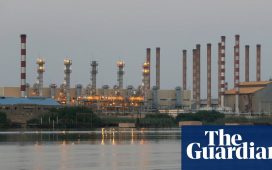
The five-year average fatal accident rate per 100,000 flying hours for offshore helicopters in the UK has fallen to zero for the first time in 17 years.
It comes after aircraft operated without an accident last year despite flying hours increasing by 12% to 77,286 in 2018, according to the Oil and Gas UK (OGUK) Health and Safety Report 2019.
Passenger numbers were down 69,913 to 755,245 last year, it said. The findings also highlighted incidents on the platforms themselves, with a rise in the over-seven-day injury rate for workers.
In 2018, there were 302 injuries per 100,000 workers – but the increase of 11% still indicated a continuing downward trend since 2014-15.
Major hydrocarbon releases (HCRs) were recorded as the single largest category of reportable incidents in 2018 (289 – a 12% increase on 2017) followed by dropped objects.
Four of those such leaks were confirmed as major incidents last year with the issue being made a key area to be addressed by OGUK in 2020.
The group’s health and safety manager Trevor Stapleton said: “OGUK is co-ordinating industry action to prevent HCRs and we cannot take our eye off the ball.
“When it comes to getting people home safely, nothing is more important, and we must strive to always do better.
“Our report shows that the downward trend in HCRs shown in the three-year moving average has plateaued in 2018.
“If the rate of HCRs continues on the current trajectory over the next two years, there will be an increase for the first time in over a decade.”
He added: “However, in the period reported it is worth noting that year-on-year increases such as those seen in 2009-10 and 2013 have been followed by improving performance. Nevertheless, we cannot be complacent.
“We are committed to working with the regulator, industry and in collaboration with other stakeholders, to help steer efforts in this and the other focus areas of major hazard management, particularly guidance for a safety case fit for the future, improvements in aviation safety, and the health of the offshore workforce.”














